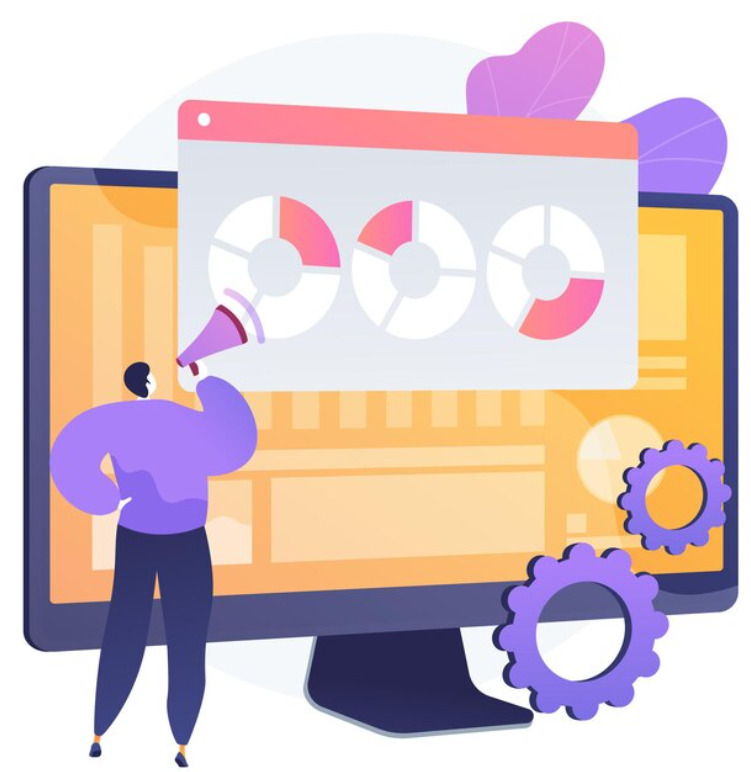In the realm of human resources management, one of the more challenging situations to navigate is dealing with “No Call No Show” (NCNS) incidents. These situations, where an employee fails to report to work without any prior notification or justification, can disrupt workflow, affect team morale, and raise legal and policy questions. This article aims to provide a comprehensive guide on how to address unexcused absenteeism effectively and fairly.
Understanding ‘No Call No Show’
Before delving into policies and procedures, it’s important to understand what constitutes a NCNS. Typically, it refers to an employee who does not show up for their scheduled shift or takes a day off and fails to notify their supervisor or HR department. These incidents can be one-offs or part of a pattern of behavior.
The Impact on the Workplace
The absence of an employee without notice can lead to several immediate challenges:
- Operational Disruption: Workflows may be interrupted, affecting productivity and deadlines.
- Team Morale: Other employees may feel burdened with additional responsibilities, which can lead to resentment.
- Client Relations: In roles directly tied to customer service, absenteeism can affect client satisfaction and business reputation.
Developing a ‘No Call No Show’ Policy
A well-defined NCNS policy is crucial for managing these situations. Such a policy should cover:
- Definition and Scope: Clearly define what constitutes a NCNS incident.
- Reporting Procedure: Outline the process for reporting absences and the preferred communication channels.
- Consequences: Specify the disciplinary actions that follow NCNS incidents, considering the frequency and patterns of the behavior.
Example of a Policy Statement
Our company considers an employee absent without leave if they fail to report to work and do not inform their supervisor within [specified time frame]. Such incidents will trigger [disciplinary actions], including written warnings, suspension, or possible termination, depending on the circumstances and frequency of occurrences.
Legal Considerations
It’s important to align your NCNS policy with employment laws:
- Fair Labor Standards Act (FLSA): Ensure the policy doesn’t inadvertently violate wage and hour laws.
- Americans with Disabilities Act (ADA): Consider potential disability-related reasons for absenteeism.
- Family and Medical Leave Act (FMLA): Recognize the legal rights of employees to take leave under certain circumstances.
Implementing the Policy
Effective implementation involves:
- Communication: Ensure all employees are aware of the policy and understand its implications.
- Training: Managers and supervisors should be trained on how to handle NCNS situations.
- Consistency: Apply the policy uniformly to avoid perceptions of unfair treatment.
Managing a ‘No Call No Show’ Incident
When an incident occurs, the following steps are advisable:
- Attempt to Contact the Employee: Try reaching out to understand the reason for their absence.
- Document Everything: Keep records of the absence, communication attempts, and any subsequent actions.
- Assess the Situation: Consider the employee’s history and any extenuating circumstances.
- Take Appropriate Action: Depending on the situation, this could range from a warning to termination.
Dealing with ‘No Call No Show’ (NCNS) incidents is a common challenge for managers in various industries. These examples illustrate typical NCNS situations and recommended approaches for managers:
Example 1: First-time Offense
Situation: An employee with a good record fails to show up for their shift without any prior notice. This is their first NCNS incident.
Manager’s Approach:
- Attempt to Contact: The manager should first attempt to contact the employee to ensure their safety and understand the reason for their absence.
- Documentation: Document the absence and any communication attempts.
- Follow-up Meeting: Once the employee returns, schedule a meeting to discuss the incident and remind them of the NCNS policy.
- Issue a Warning: If no legitimate reason is provided, issue a formal warning as per the company’s policy, and document this in the employee’s file.
Example 2: Repeated Offenses
Situation: An employee has multiple unexcused absences over several months, each followed by vague or non-credible excuses.
Manager’s Approach:
- Review Past Records: Assess the frequency and pattern of the absences and any prior disciplinary actions taken.
- Formal Meeting: Conduct a formal meeting with the employee, possibly involving HR, to discuss the pattern of absenteeism.
- Enforce Disciplinary Actions: Implement disciplinary actions as outlined in the company policy, which could include suspension or steps towards termination.
- Document All Steps: Keep detailed records of all meetings, communications, and actions taken.
Example 3: Potential Legal or Medical Concerns
Situation: An employee with a known medical condition fails to show up and does not call in.
Manager’s Approach:
- Immediate Contact Efforts: Prioritize confirming the employee’s safety and wellbeing.
- Sensitive Handling: On their return, discuss the absence sensitively, considering their medical condition.
- Consult HR and Legal: Before taking any disciplinary action, consult with HR and possibly legal counsel to ensure compliance with laws like the Americans with Disabilities Act (ADA) or Family and Medical Leave Act (FMLA).
- Reasonable Accommodations: If the absence is related to their medical condition, discuss any needed accommodations.
Example 4: Possible Misunderstanding
Situation: An employee claims they informed a colleague about their absence, but the message was not passed on to the manager.
Manager’s Approach:
- Investigate the Claim: Confirm the details with the mentioned colleague and review any written communication provided by the employee.
- Clarify Procedures: If the claim is true, remind the employee of the proper procedure for reporting absences.
- Address Internal Communication Issues: If the colleague failed to pass on the message, discuss the importance of reliable communication with them.
- Document the Incident: Keep a record of the findings and any corrective actions taken.
In each of these scenarios, the key for managers is to balance firmness and fairness. Ensuring open communication, following established procedures, and documenting each step are essential practices. Managers should also be aware of and sensitive to any personal or legal issues that might impact the situation. Regular training and updates on company policies regarding absenteeism can equip managers to handle these situations effectively and legally.
Conclusion
Handling ‘No Call No Show’ incidents requires a balanced approach that protects both the company’s interests and respects employees’ rights. By establishing a clear policy, training managers, and ensuring legal compliance, HR professionals can effectively manage these challenging situations while maintaining a fair and productive workplace environment.









